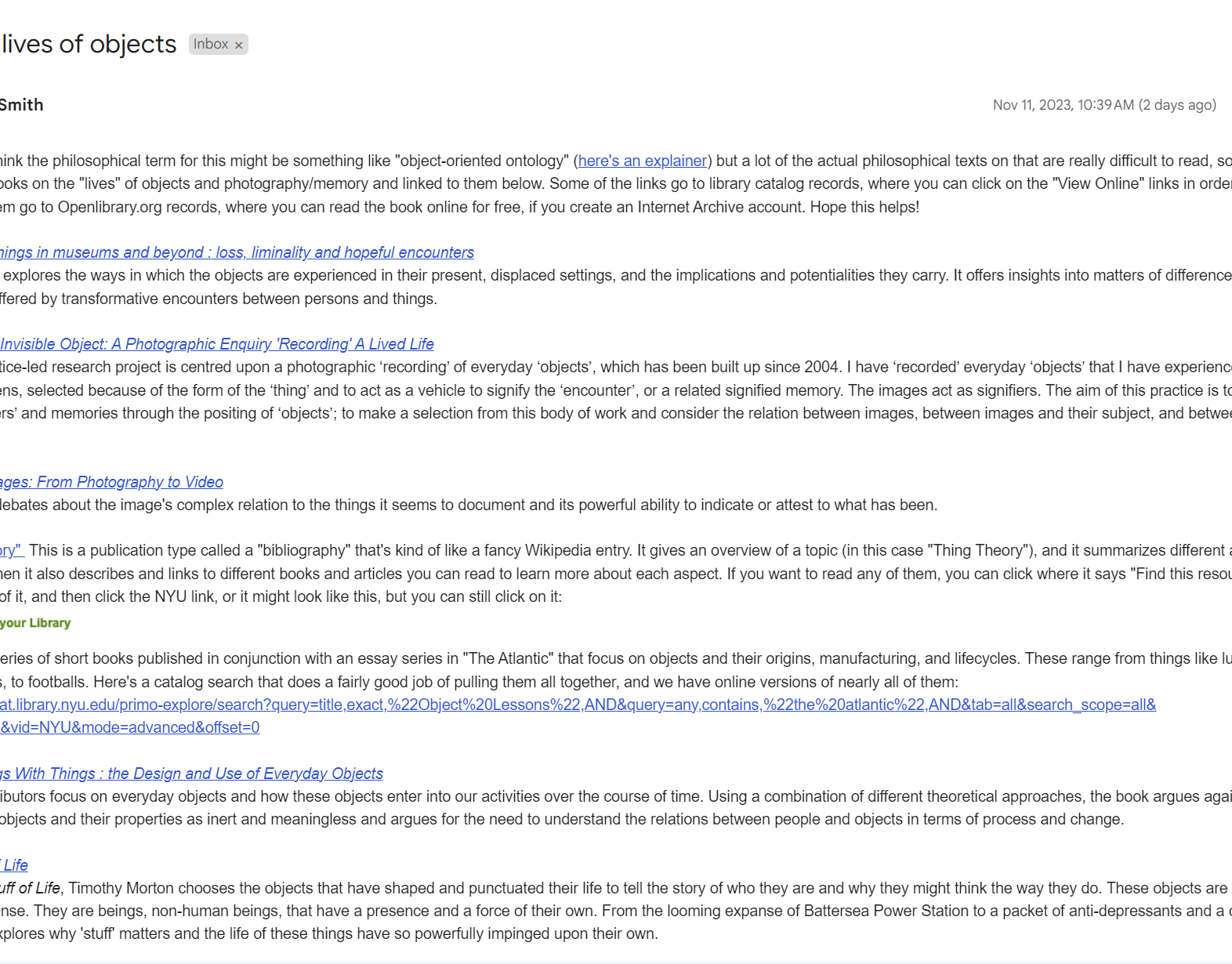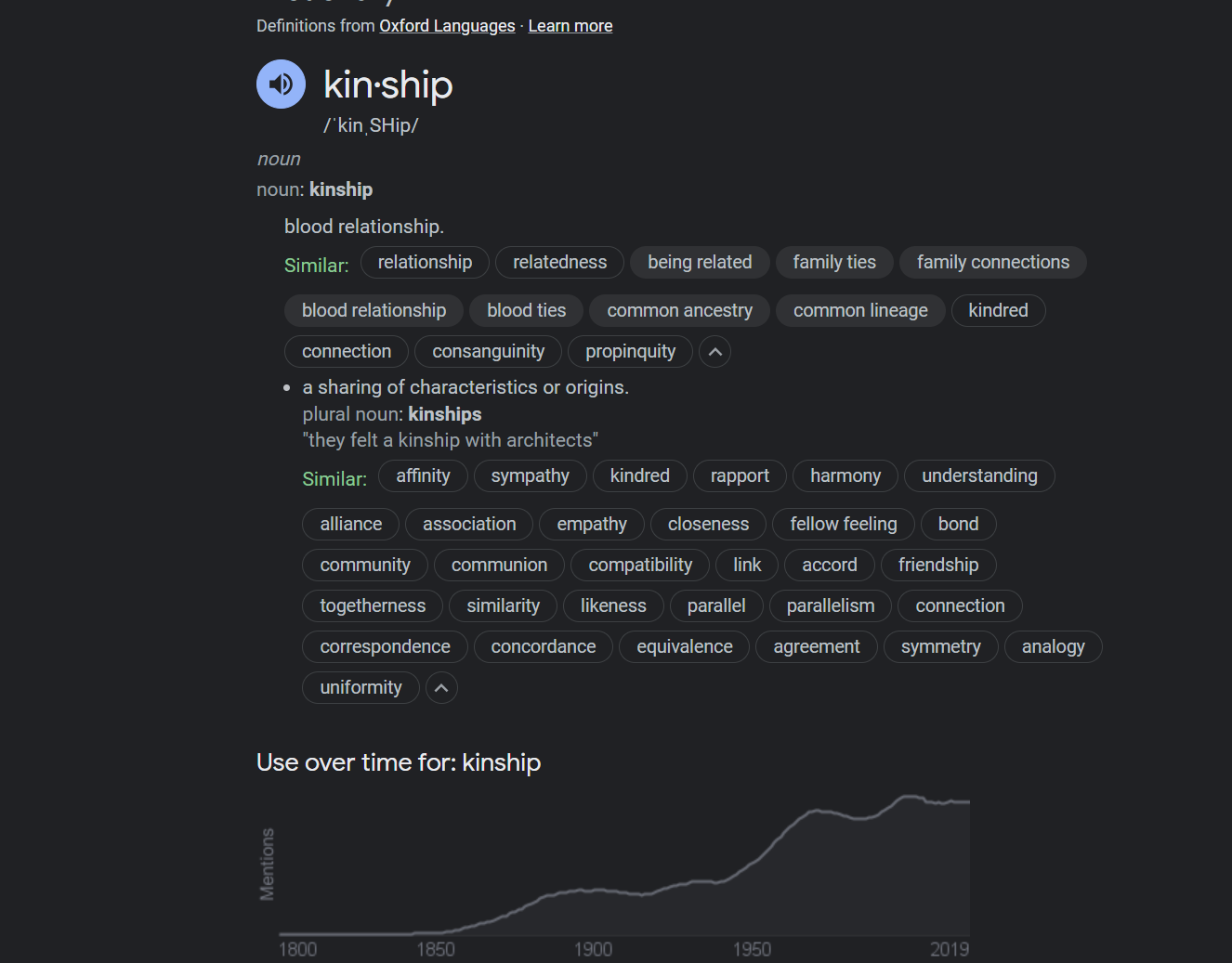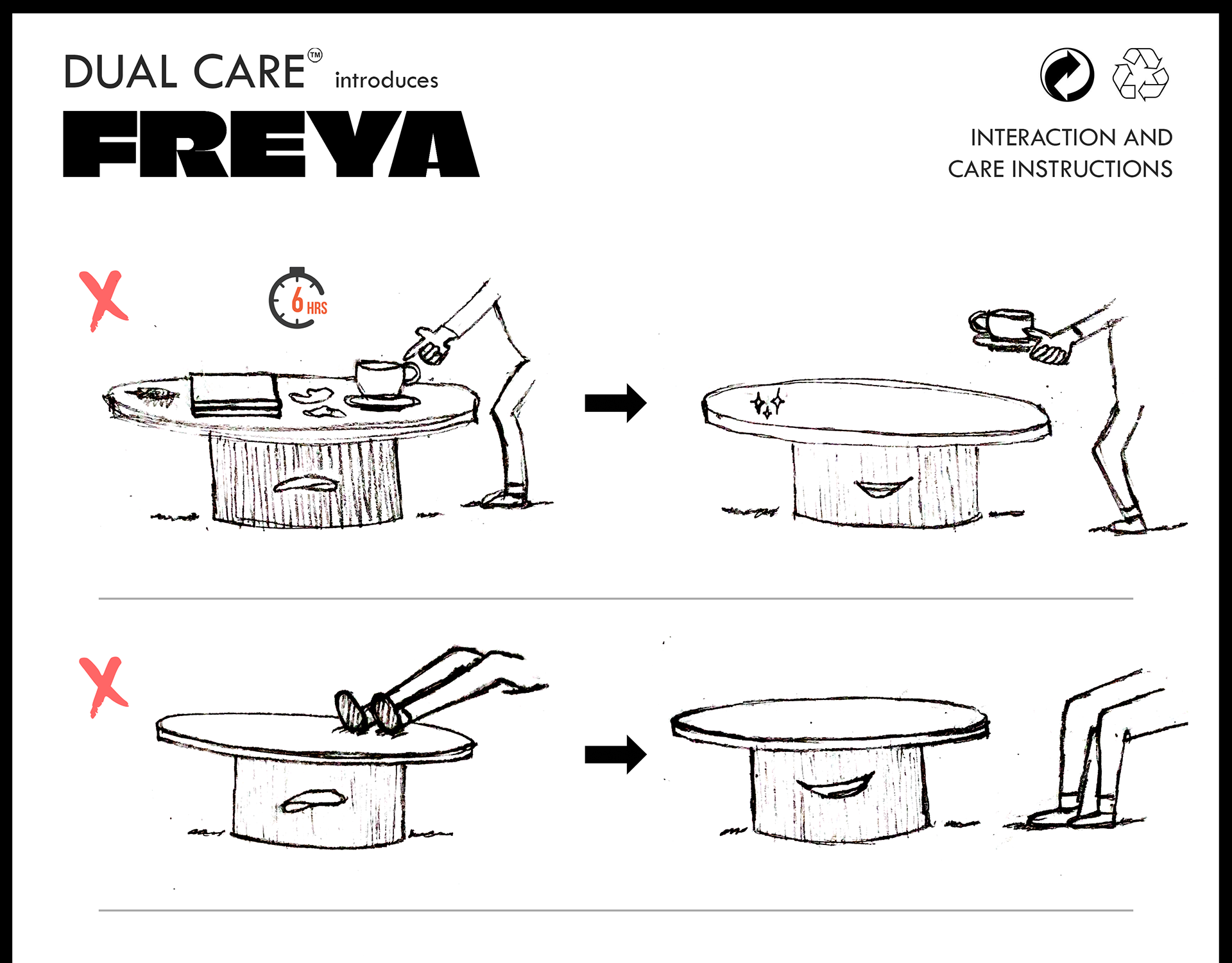RESPONSES TO SYSTEMS THINKING BLOG PROMPTS
In this week’s reading, Easterbrook describes both the Principle of Complementarity and Boundary Critique in the preface of his analysis of a plot of land that’s growing GMO wheat.
Q. Which system (type of stakeholder) that Easterbrook identified did you find your own understanding of GMOs most aligned with? Why? What are some of the stakes of these stakeholders?
In this particular topic of genetically modified wheat, I think I align mostly with the "system of sustainable agriculture, with long time horizons" due to its direct application to agriculture and connection to food supply. This is apart from my undecided point of view on the ethicality of genetic modification to organisms (mostly due to my lack of knowledge regarding this aspect). My alignment with this system is mostly because of my outlook on the bigger picture presented here - wheat is being genetically modified with the expectation that it will lead to agricultural improvements (at least that is the scientists' expectation on which they are basing off their experiment according to the article). Since GM wheat is NOT described as sustainable indefinitely due to its lack of resilience to climate, pests, etc., and will require looping cycle of reinforcements, I fail to see the benefits in such an experiment with respect to improving agriculture.
Some of the stakes presented here are: endangerment and extinction of non-GMO food varieties/species, replacement of the seed-stock diversity, replacement of a variety of sustainable farming practices/methods, diverting focus and investment in soil conservation, reduction in the resistance of the global agricultural system (due to the constant need for GMO reinforcements), etc.
Q. Using your own topic for research, can you identify 3 stakeholders (groups or phenomenon) with different perspectives, and then describe the system (the stakes) from which they are operating?
Some stakeholders could be:
1. Camera-affiliated companies - operates within the economic benefits of manufacturing and selling cameras, whether digital or film cameras
2. Subjects depicted in photographs
3. Photographers/artists - operates within the artistic expression and exploration of photography as an artistic medium, or within the intent of documenting a memory or an occasion to cherish in the future
4. Photo-album production and/or tech companies hosting photos
5. Historians/Archivists - concerned with preserving photo albums for historical and cultural significance, and analyzes past social relationships and the nature of individual backgrounds and histories through photos
6. Photo-editing software companies
7. Darkrooms
8. Photography studios
9. Privacy advocates - concerned with data protection, ethics, and consent in the realm of digital photos
Additional research regarding 'photo albums' & 'kinship'
A question that came up during our thematic cohort group's 25 questions that I found interesting:
"What meaning could kinship represent in the future besides what it means now?"
Floating ideas and thoughts I have had in the past week:
- A camera/photo-album that has the ability to translate kinship between the subject and the photographer, or between subjects depicted in the photo
- Documenting identity/kinship on the verge of collapse or the other 'darker' side of kinship that is not visible through photo albums
- If we lose our photo albums, can AI recreate our lost photos and recreate the kinship that is depicted in those photos?
- Exploratory making idea: Should I collage and mix actual photography and AI-generated images of similar subjects?
DIFFERENT RESOURCES I CAME ACROSS:
The Vanishing Art of the Family Photo Album
A conversation with ChatGPT about the first question:
Although I would take ChatGPT's answers with a grain of salt, I think its answer to the first question is plausible. Will have to look into more details for fact-checking.
Restoring a 53 YEAR OLD photo using A.I:
The THREAT of A.I. on the wedding photography industry:
Some POV comments on the video I found interesting:
- "“Couples don’t want fake photos of themselves” …I agree! At no point in the video do I say that they do, in fact I stress at the end of the video that what will always separate us from AI is the ability to capture authentic, real moments of real people."
- "Soon AI will make any camera, and in particular the photographer irrelevant if not totally redundant. Newly formed AI studios, using super powerful computers, and sohpisticated AI enabled software will be able to do a virtual reconstruction of a wedding album, from a drop down list of locations, venues, moods, ligthing, set ups etc. 3D images of the the bride and groom, best man, gowns, etc etc can be used to give the AI generated images a sense of realism, even dead members of the family could be brought back, in a macabre showing of the power of AI."
Next things to research:
- More literature review regarding AI's use in photo albums and photography
- Literature review on kinship's future and its effects on photo albums in turn
- How will the stakeholders be affected with all of this?
Map showing 2 systems
Arrival to area of interest:
I definitely think I want to explore more of kinship's depiction in photo albums, and probably will land on this for my project. However, I am torn between wanting to depict kinship as is portrayed today/throughout history, or how it may be portrayed in the future through photo albums - which could be a bit based on speculative design...
My main question deriving from both systems: Would an outlook on kinship's representation in the future through advanced photo albums make us appreciate kinship's portrayal in photo albums today, and therefore make us strive towards preserving the art of photo albums? Also, how does all of this affect the stakeholders?
Whether I would like for the project to be a self-expression or not is still debatable.
Floating idea:
- Replicating a wedding photograph using AI - turned into a guide







